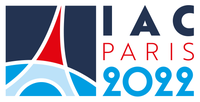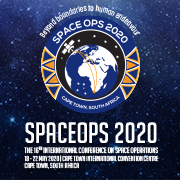›Next Generation Suborbital Researchers Conference
A new generation of space vehicles capable of economically delivering payloads and researchers is coming on line beginning in 2010. These vehicles will revolutionize space access by providing frequent, low-cost access to space and the capability to carry research and education crew members. They will also carry experiments for technology demonstrations, for scientist in-the-loop research, and for educational/public outreach demonstrations.
Fields including atmospheric science, solar physics, microgravity science, planetary science, space life science, space physics, and education and public outreach (EPO) stand to benefit from these vehicles.
NSRC2010 will provide a forum to learn about the research and EPO capabilities of these new systems, their experiments, and EPO integration processes. NSRC2010 will also provide input on vehicle design requirements for science and education.
The conference aims to bring together researchers from government, industry, and academia. The objectives of the NSRC2010, therefore, are
- to educate a broad array of research communities to the opportunities that the new wave of human suborbital vehicles offer for research and education missions (REM);
- to hear from this broad array of researchers what their questions, feedback, and ideas are for REM applications and REM user requirements;
- to demonstrate strong interest by working researchers and education/public outreach representatives to NASA, the National Institute of Health (NIH), the U.S. Geological Survey (USGS), the National Science Foundation (NSF), industry, and other potential funding entities for REM applications.
Track this event on your Apple calendar














 United States
United States